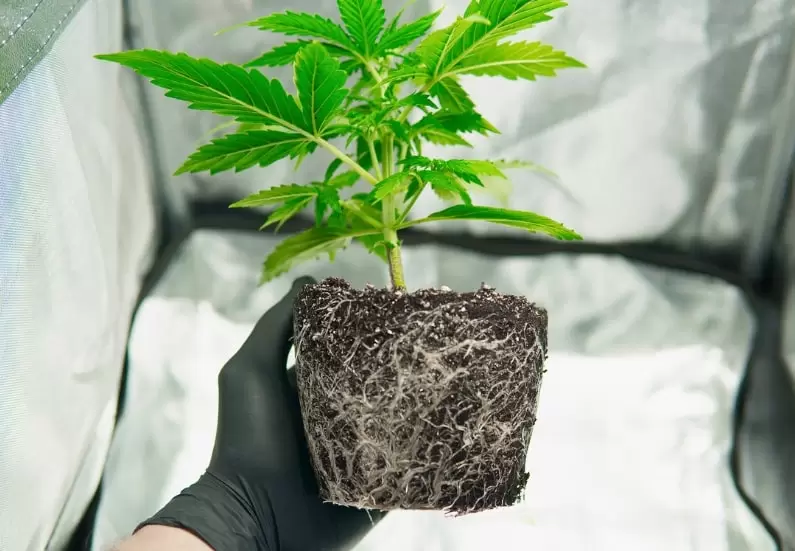
The Right Way to Transplant Your Cannabis Plants
Let’s be honest—growing marijuana isn’t exactly like tending to your grandma’s tomatoes. They’re both plants, need love, and don’t appreciate being shoved around. But when it comes to transplanting, cannabis plants are more like temperamental artists—handle them too roughly, and they’ll sulk. Do it at the right time, with the proper technique, and they’ll flourish into the bushy, resin-coated masterpieces you dream of.
In this guide, we’ll explain precisely when and how to transplant marijuana plants so they thrive instead of throwing a fit. Understanding what a cannabis plant needs to survive—from proper root space to optimal nutrients and care—ensures a smooth transition during transplanting. Whether you are a first-time grower or a seasoned cultivator, this step-by-step process will help you avoid common pitfalls and keep your plants happy.
What is Transplanting Cannabis?
Transplanting cannabis means moving a plant from one container to a larger one or directly into the ground to support continued growth. As the plant matures, its roots outgrow their initial space, requiring a bigger environment to prevent overcrowding and nutrient deficiencies.
This process helps cannabis plants develop a stronger root system, absorb water more efficiently, and avoid becoming rootbound. Proper transplanting at the right time ensures healthier plants, better resilience, and higher yields.
Why is Transplanting Marijuana Plants Important?
Transplanting is essential for preventing root congestion and ensuring healthy plant development. As marijuana plants grow, their roots need more space to absorb water and nutrients efficiently. Without proper transplants, plants become rootbound, leading to reduced oxygen flow, slower growth, and weaker bud production.
A well-timed transplant allows roots to expand naturally, strengthening the plant’s foundation. This improves overall health and maximizes yield potential, ensuring a stronger, more resilient crop.
Signs of a Rootbound Plant
A marijuana plant that has outgrown its container may show signs of stress, including:
- Weak, fragile new growth
- Slow or stunted bud production
- Discoloration in stems, often turning red or purple
- Increased sensitivity to nutrients
- Deficiencies in key nutrients like nitrogen, phosphorus, or potassium
When to Transplant Marijuana Plants
Timing is everything when it comes to transplanting marijuana plants. Move them too soon; they might not be strong enough to handle the transition. Wait too long, and they could become root-bound, stunting their growth.
Signs Your Marijuana Plant Needs to Be Transplanted
How do you know when your plant screams, “Get me out of this tiny pot”? Look for these telltale signs:
- Roots poking out of the drainage holes – If the roots are trying to escape, the plant is outgrowing its container.
- Slowed growth – A plant that once thrived but now seems sluggish might be root-bound.
- Frequent watering – If your plant dries out faster than usual, its roots might be too cramped.
- Yellowing or drooping leaves – Nutrient deficiencies caused by restricted root space can lead to unhealthy foliage.
Best Time in the Growth Cycle to Transplant
Marijuana plants typically need to be transplanted at least once, sometimes twice, before they settle into their final home.
- First Transplant: From seedling to a larger container (usually after 2-3 weeks when they have 3-4 sets of true leaves).
- Final Transplant: Before the flowering stage, when the plant is strong enough to handle the move.
Avoid transplanting during the flowering phase—by then, your plant wants stability, not a change of scenery.
How Much Space Does a Cannabis Plant Need?
| Plant Height (inches) | Recommended Pot Size |
|---|---|
| 0-6″ | 4-inch (16 oz.) |
| 6-12″ | 1-gallon |
| 12-24″ | 3-gallon |
| 24-42″ | 5-gallon |
| 42-60″ | 10-gallon |
| 60-84″ | 20-gallon |
When transplanting marijuana plants, always aim for at least twice the size of the current container to promote healthy root development and minimize stress. This approach reduces the frequency of transplants and helps prevent transplant shock, which can slow growth and cause stress to the plant.
A good transplanting sequence might look like this: 1-gallon → 2-gallon → 5-gallon or 2-gallon → 5-gallon → 10-gallon. A 5-gallon container is often sufficient for growing medium-sized indoor cannabis plants as their final home. However, sizable outdoor marijuana plants may need much bigger pots—sometimes 10 or even 20 gallons—to support their full growth potential.
If you’re unsure, err on the side of more space. A general rule of thumb is that a plant needs about 2 gallons of soil per 12 inches of vegetative growth. Knowing the typical height of the strain you’re growing can help determine the ideal pot size.
Why Not Start in the Largest Pot?
Many new growers wonder, “Why not just plant my cannabis directly in a huge pot?” While it’s possible, it’s not ideal for most situations. In a large pot, a young plant’s roots won’t expand quickly, and excess soil can retain too much moisture, leading to waterlogging and root rot.
To avoid unnecessary transplants and prevent overwatering, you can plant directly into the final pot but only water around the base of the plant, near the stalk, where the roots are still developing. This prevents excess moisture buildup while encouraging gradual root expansion.
By choosing the right pot sizes and transplanting at the correct times, you give your marijuana plants the best chance at strong, healthy growth—without the drama of transplant shock!
How to Transplant Marijuana Plants
Now for the fun (and slightly nerve-wracking) part—moving your plant without traumatizing it.
What You’ll Need
Before you start, gather your supplies:
✅ New pot (at least 2-3 times the size of the current one)
✅ Quality soil or growing medium
✅ Water
✅ Gloves (optional, but keeps things clean)
✅ A gentle touch (seriously, handle with care)
Step-by-Step Transplanting Process
Transplanting cannabis may seem daunting, but with the right approach, it’s a smooth process that keeps your plants thriving. Follow these steps carefully to minimize stress, protect the roots, and ensure healthy growth in their new home.
1. Prepare the New Pot
Fill your new container with fresh soil, leaving enough space in the middle to fit the root ball of your current plant. Water the soil lightly to make it more welcoming.
2. Loosen the Root Ball
Tilt the plant’s current pot sideways and tap the sides to loosen the soil. If it doesn’t slide out easily, give it a soft squeeze—don’t yank!
3. Check the Roots
Once the plant is free, inspect the roots. If they’re circling themselves, tease them apart gently. If they look healthy and spread out, you’re good to go.
4. Place the Plant in Its New Home
Position the plant in the hole you made in the new pot. Ensure it sits at the same depth as before—burying it too deep can cause stem issues.
5. Fill in and Water
Backfill with soil, gently pressing it down to remove air pockets. Give the cannabis plant a good watering to help it settle.
6. Provide Recovery Time
Keep the plant in a stress-free environment for a few days—avoid intense light or excessive handling. A little post-move pampering never hurts.
Common Transplanting Mistakes to Avoid
Even seasoned growers slip up sometimes. Here’s what NOT to do:
❌ Transplanting too early or too late – Timing is crucial!
❌ Using the wrong soil – Poor-quality soil can suffocate roots or cause nutrient issues.
❌ Not watering after transplanting – Hydration is key for a smooth transition.
❌ Handling the roots too roughly – Delicate roots don’t appreciate being yanked or broken.
❌ Exposing the plant to too much stress – Keep it in a calm, stable environment post-transplant.
What is Transplant Shock, and How to Prevent It
Transplant shock happens when a plant struggles to adjust after moving to a new container. This occurs when the root system is disturbed or damaged, making it difficult for the plant to absorb water and nutrients properly.
A cannabis plant experiencing transplant shock may display wilting, drooping leaves, yellow or brown discoloration, stunted growth, or reduced bud production. In severe cases, the plant may die if it cannot recover.
How to Prevent Transplant Shock
To help your cannabis plant transition smoothly, take extra care during the transplanting process. Here are some practical ways to minimize transplant shock:
- Handle roots gently – Minimize disturbance to the root system to prevent damage.
- Use beneficial microbes – Adding mycorrhizae or other beneficial microorganisms can improve soil health and boost nutrient absorption.
- Avoid overwatering – Too much water can suffocate roots, causing further stress. Water thoroughly, but avoid soggy soil.
- Limit fertilizer use – Fresh soil often contains sufficient nutrients, so avoid over-fertilizing, which can burn delicate roots.
- Reduce unnecessary movement – Transplant only when necessary to avoid frequent disruptions that increase stress on the plant.
By handling the transplant process carefully and providing post-transplant care, you can help your cannabis plant recover faster and continue growing strong.
What Else Should You Consider When Transplanting?
Several factors influence a successful transplant, including choosing the right growing medium, selecting an appropriately sized container with good drainage, and ensuring proper light exposure. Timing is also key—it’s best to transplant during the vegetative stage when the plant is actively developing roots, leaves, and branches, rather than during flowering, when it’s focused on bud production.
Should You Water Cannabis After Transplanting?
Absolutely! Watering immediately after transplanting helps the plant adjust to its new environment and reduces transplant shock. Be sure to water deeply until you see runoff from the bottom of the container, ensuring the roots are adequately hydrated.
Do Transplanted Plants Need Light Right Away?
Yes, light is crucial after transplanting. Since photosynthesis powers plant growth, maintaining consistent light exposure helps the plant recover and continue developing. However, to reduce stress, avoid intense direct light immediately after transplanting—gradual exposure works best.
Do Autoflowering Cannabis Plants Need Transplanting?
Autoflowers have a shorter life cycle, making them less dependent on multiple transplants. However, if an autoflowering plant outgrows its container or shows signs of stress, moving it to a larger pot can still be beneficial. To minimize shock, many growers start autoflowers in their final containers.
FAQs
How often should I transplant marijuana plants?
Most growers transplant once or twice—first when seedlings outgrow their starter pots and again before flowering.
Can I transplant during flowering?
It’s not recommended. Flowering plants are focused on bud production, and a transplant can cause unnecessary stress.
What size pot should I use for transplanting?
Each new pot should be 2-3 times larger than the previous one. For final containers, aim for 3-5 gallons for indoor grows and 5-10+ gallons for outdoor grows.
What happens if I don’t transplant my marijuana plant?
The plant becomes root-bound if left in a small pot, leading to stunted growth, nutrient deficiencies, and poor yields.
Should I fertilize after transplanting?
Wait a few days before adding nutrients. Your fresh soil likely has enough to sustain the plant for a bit.
What if my plant droops after transplanting?
A minor drooping is normal—it’s just adjusting. If it persists for over a few days, check for overwatering, root damage, or environmental stress.
Final Thoughts: How and When to Transplant Cannabis Plants
Transplanting marijuana plants might feel like a high-stakes operation, but with the right approach, it’s more like a well-planned move to a better apartment. The key is timing, gentleness, and post-transplant care. Paying attention to your plant’s needs and avoiding common mistakes will allow lush growth and hefty yields.
So go ahead—give your cannabis plants the space they deserve. They’ll thank you with bigger buds and happier roots.
I got to run: it’s almost 4:20!
More Weed Growing Guides
Understanding Light Cycles for Growing Marijuana
Growing marijuana isn’t just about water, soil, and seeds—it’s about rhythm. Light rhythms, to be…
How to Increase Marijuana Plant Yields: 10 Simple Tips
There comes a time in every grower’s life when they look at their cannabis plants and…
Ideal Humidity for Indoor Cannabis: Maximize Growth & Prevent Mold
There’s something about growing cannabis indoors that makes you feel like a mad…
Best Temperature for Growing Weed Indoors: Beginner’s Guide
Growing cannabis indoors is an art and a science. The right temperature can mean the difference…
Marijuana Plant Pest Control: Prevention and Management
Cannabis cultivation is a thrilling adventure—right up until the moment you notice tiny, unwelcome…
You May Also Like
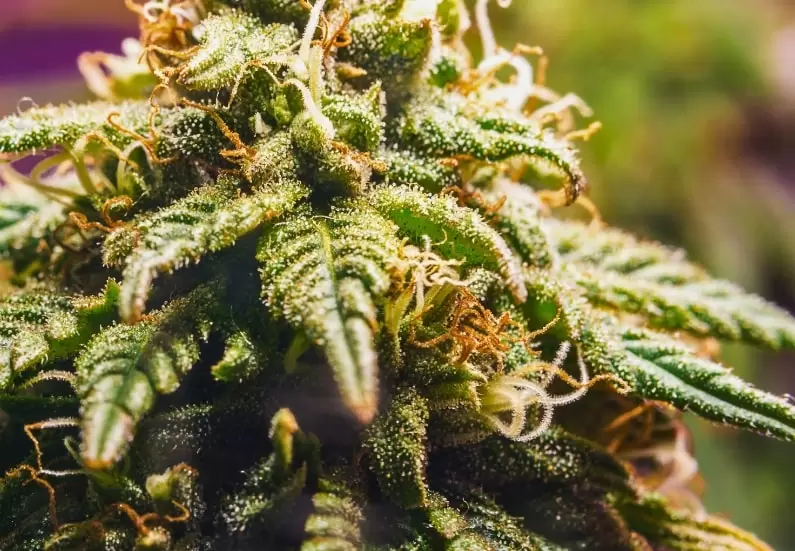
How to Increase Marijuana Plant Yields: 10 Simple Tips
There comes a time in every grower’s life when they look at their cannabis plants and…
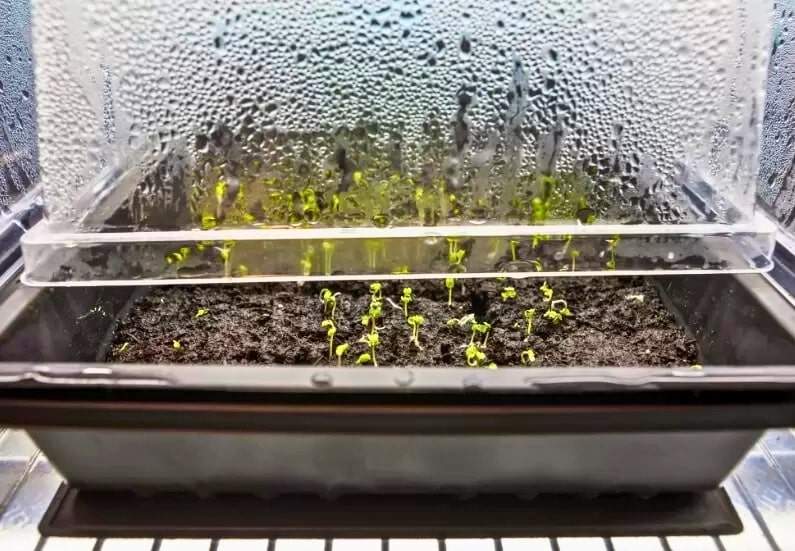
Ideal Humidity for Indoor Cannabis: Maximize Growth & Prevent Mold
There’s something about growing cannabis indoors that makes you feel like a mad…

Best Temperature for Growing Weed Indoors: Beginner’s Guide
Growing cannabis indoors is an art and a science. The right temperature can mean the difference…
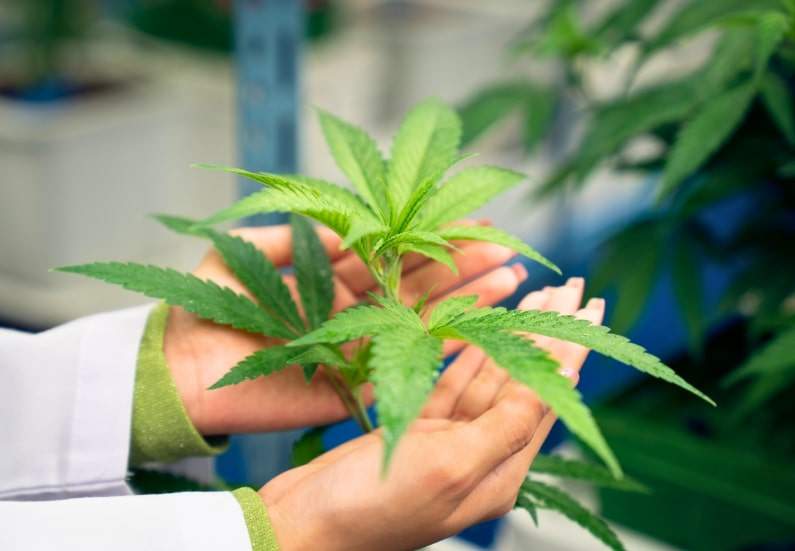
Marijuana Plant Pest Control: Prevention and Management
Cannabis cultivation is a thrilling adventure—right up until the moment you notice tiny, unwelcome…
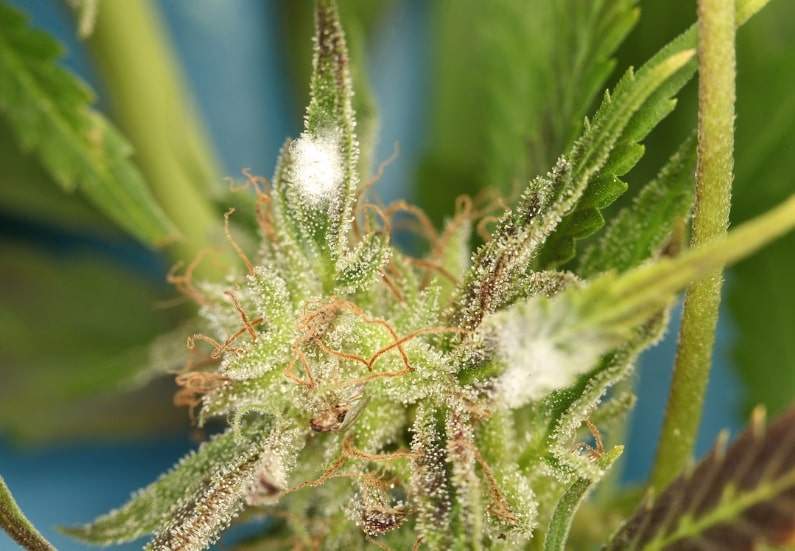
Marijuana Plant Diseases: How to Spot Bud Rot, Mold, and Root Rot Early
There are few things in life as heart-wrenching as watching your beloved marijuana plants succumb…
Most Recent Posts
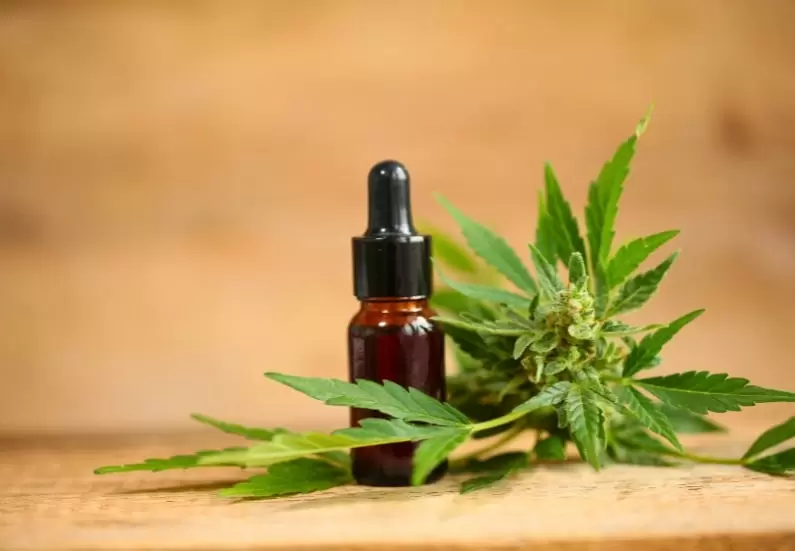
How to Microdose Marijuana for Maximum Benefits
Microdosing marijuana is the practice of consuming small, controlled amounts of…

The High History of 4/20: How the Pot Holiday Became a Global Phenomenon
Every culture has its holidays. Some celebrate independence, others honor religious…

How to Smoke Cannabis Without Paranoia
So, you’ve got your favorite strain ready, the vibe is right, and you’re about to light up—until…
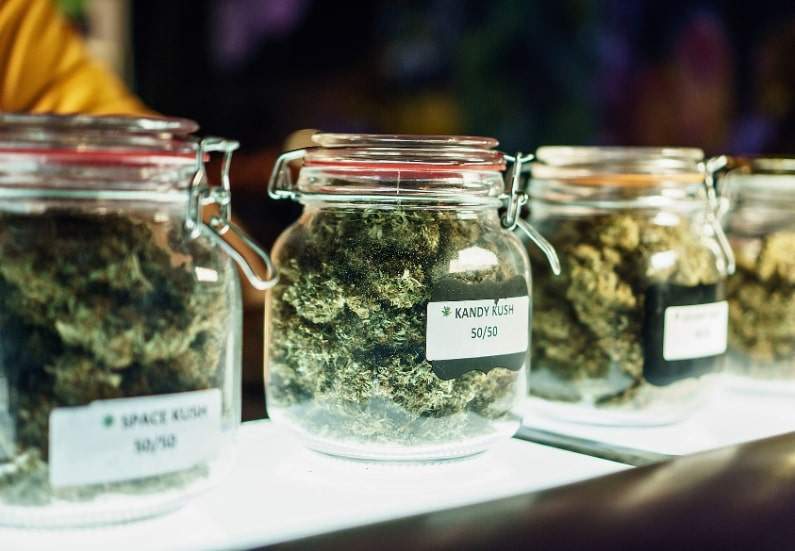
Beginner’s Guide: Choosing the Best Marijuana Strain For You
So, you’ve finally decided to try cannabis. Maybe your friends rave about its calming vibes, or…
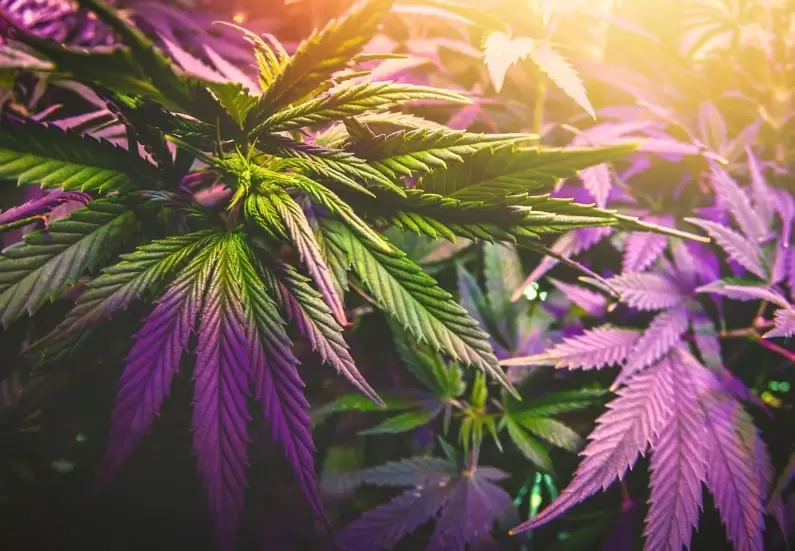
Understanding Light Cycles for Growing Marijuana
Growing marijuana isn’t just about water, soil, and seeds—it’s about rhythm. Light rhythms, to be…






